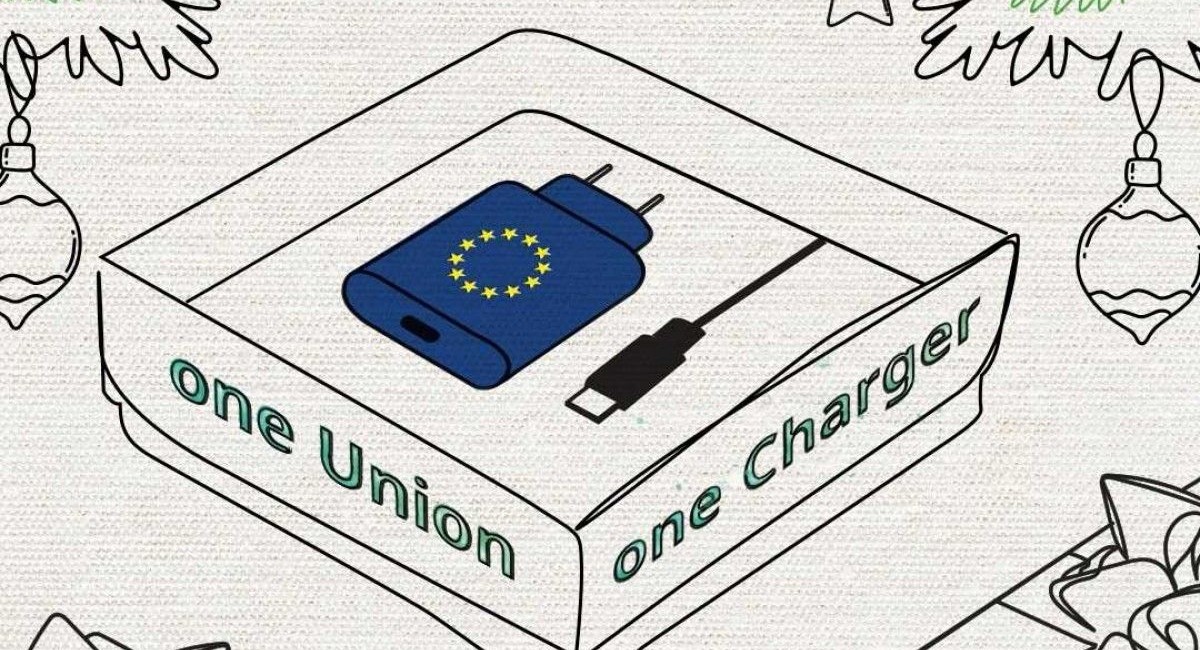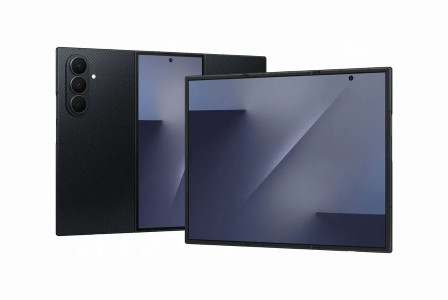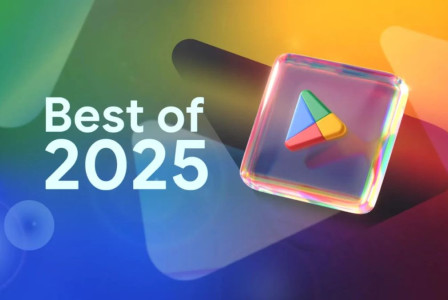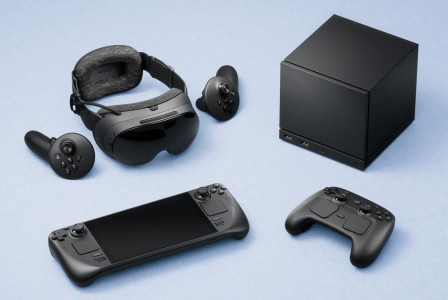SEARCH
Every electronic device in EU must have a USB-C charger by law

SHARE IT
The EU has implemented the USB-C directive, which mandates that mobile devices have a universal charging connector. Reducing e-waste and addressing market fragmentation are the ultimate objectives of the directive. However, the European Union aims to increase e-waste reduction, quick charging, and labelling. The universal USB-C connector is just one aspect of the directive.
In 2022, the European Commission, which oversees the European Union, made the decision that mobile phones must come with a USB-C universal charging connection as of 2025. The deadline for incorporating the Directive into national laws was December 28 for all 27 EU member states.
All mobile phones, tablets, digital cameras, headphones, headsets, portable speakers, handheld video consoles, e-readers, keyboards, mice, portable navigation systems, and earbuds that can run on a wired cable and recharge with a maximum power delivery of 100 watts are covered by the Directive.
According to the mandate, laptop makers have an extension until April 28, 2026, to adhere to the rules. Additionally, some gadgets are exempt from the rules, such as the PlayStation 5, which has a 350W power input.
Certain gadgets, such as wireless chargers and drones, are still not covered. In order to maintain the list of devices "as relevant and up-to-date as possible," the European Commission stated that it will "continuously assess market developments, market fragmentation, and technological progress."
Devices, such as MacBooks, can still utilise their own proprietary charging solution even if the Directive mandates that they contain a USB-C charging connector.
Additionally, a gadget that does not have a USB-C connector can stay on the market. However, without the port, shops cannot receive shipments of outdated gadgets, and manufacturers cannot launch new items.
The directive also addresses the charging solution. According to this, any device that can be charged using a wire that has a voltage greater than 5V, current greater than 3A, or power greater than 15W needs to be USB-PD compliant.
This implies that while OnePlus and Oppo handsets with SuperVOOC must enable USB PD in order to avoid being removed from the market, iPhones and Pixels are safe. However, as such businesses have long embraced USB-PD, nothing will change.
The sale of new electronic devices without a new charger is permitted by the European Commission. The intention is to avoid unnecessary waste, which arises from consumers possessing an excessive number of duplicate chargers that are rarely recycled and end up in the general trash.
In the 27 nations that make up the European Union, phones will no longer be packaged with a charger. The EC anticipates that users will gradually adjust to the new rule and will make it a little simpler by including a graphic on the mobile device's retail box that indicates if a charger is included.
Every nation will be able to put into effect its own set of policies and guidelines to guarantee that businesses and merchants abide by the rules.
MORE NEWS FOR YOU

 Help & Support
Help & Support 

